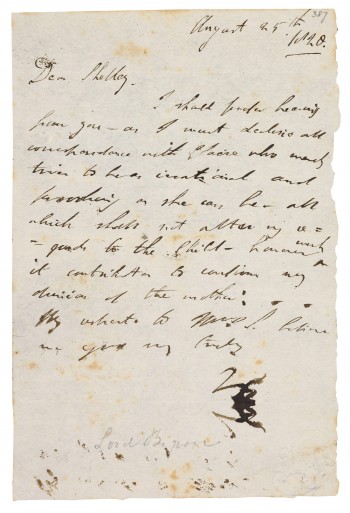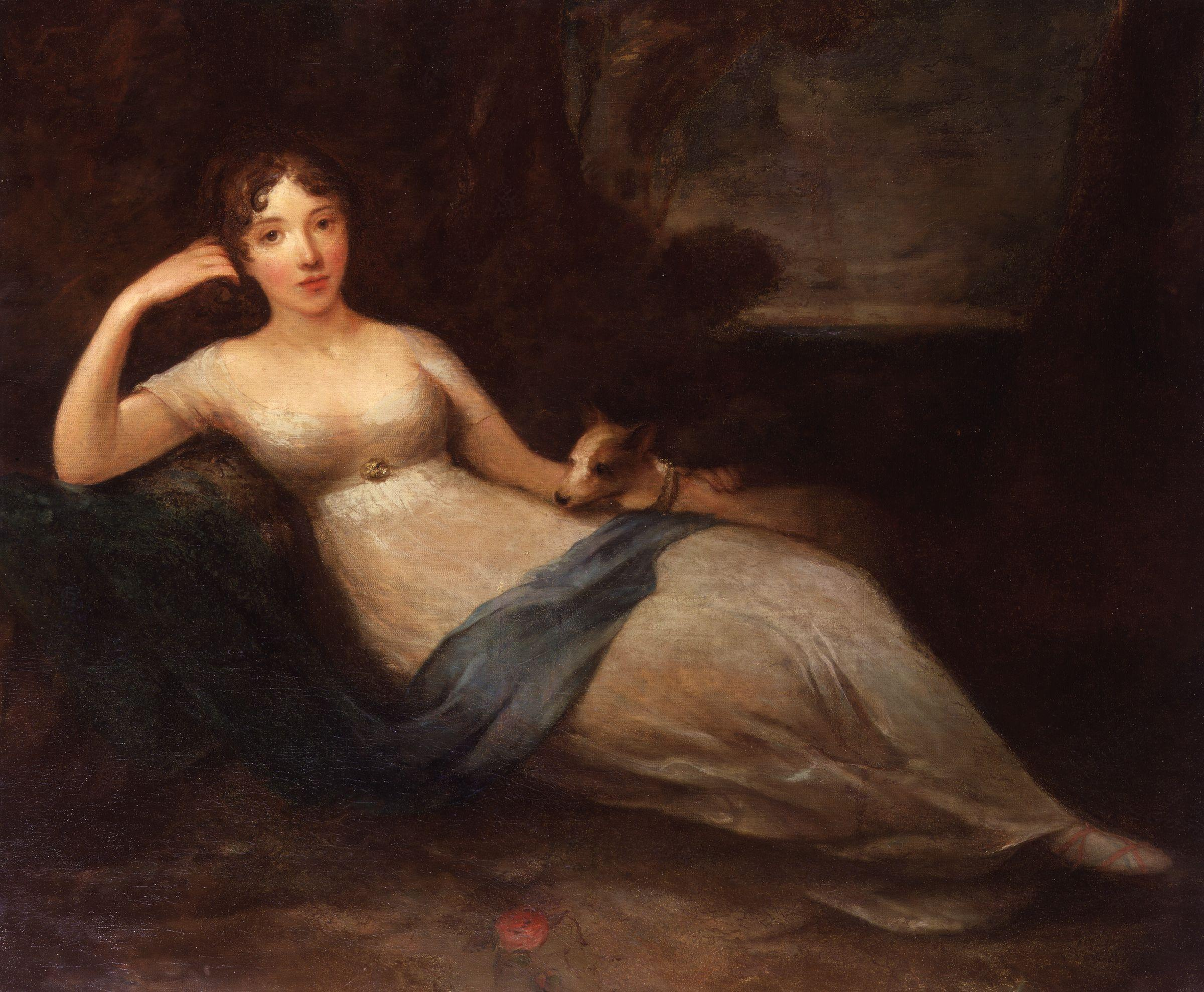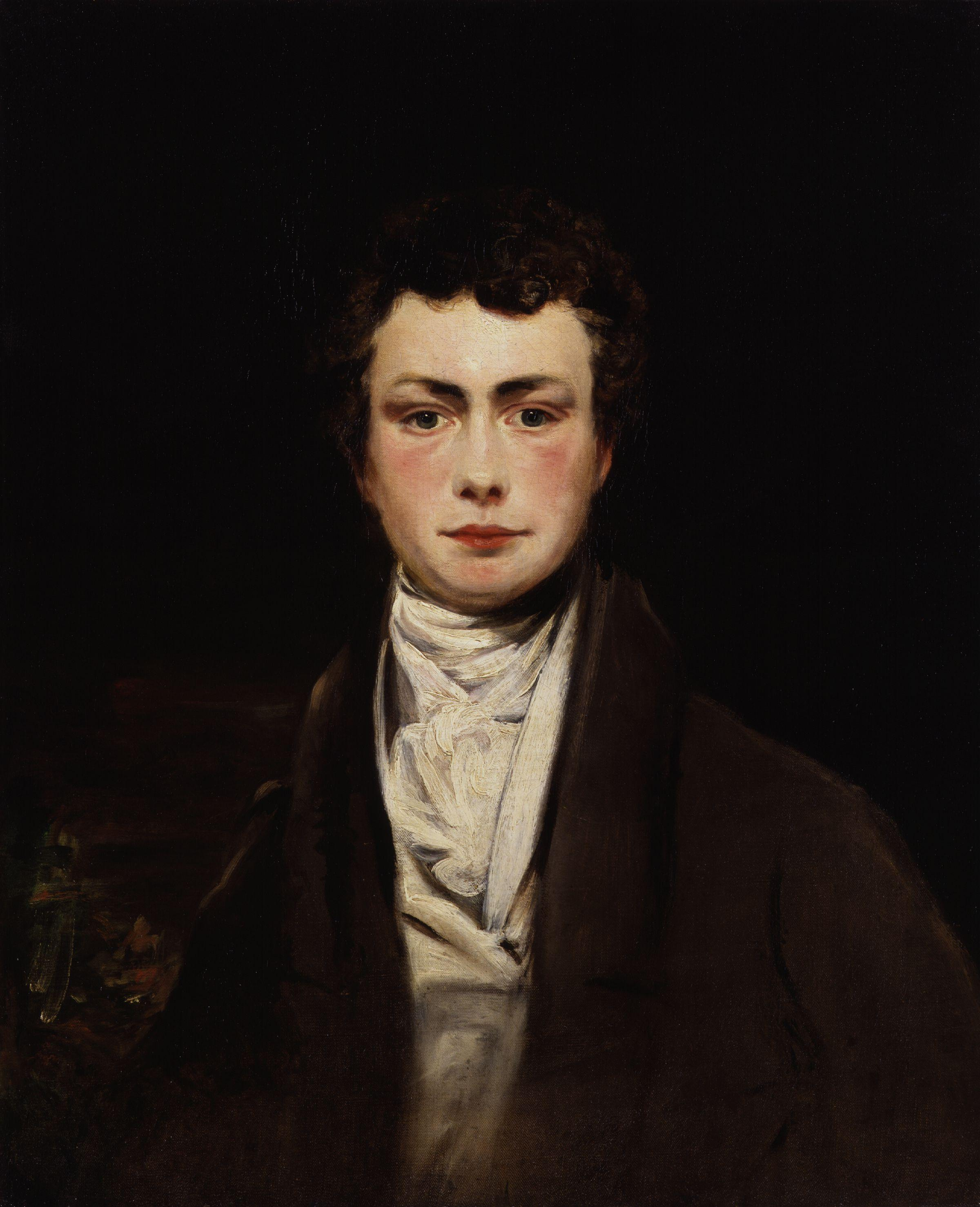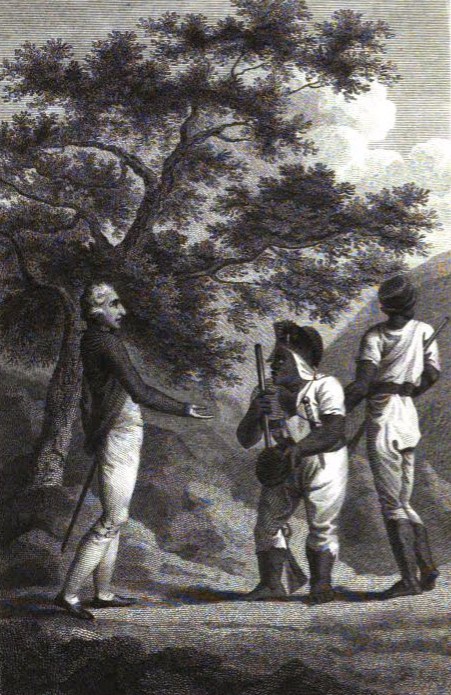|
Byron's Letters
The letters of Lord Byron, of which about 3,000 are known, range in date from 1798, when Byron was 10 years old, to 9 April 1824, a few days before he died. They have long received extraordinary critical praise for their wit, spontaneity and sincerity. Many rate Byron as the greatest letter-writer in English literature, and consider his letters comparable or superior to his poems as literary achievements. They have also been called "one of the three great informal autobiographies in English", alongside the diaries of Samuel Pepys and James Boswell. Their literary value is reflected in the huge prices collectors will pay for them; in 2009 a sequence of 15 letters to his friend Francis Hodgson was sold at auction for almost £280,000. Analysis Although in his letters Byron adapted his style and stance to his different correspondents, they all share an unstudied, unliterary appearance, an "offhand eloquence", which at its best resembles the talk of a conversationalist of genius. ... [...More Info...] [...Related Items...] OR: [Wikipedia] [Google] [Baidu] |
Byron Letter
George Gordon Byron, 6th Baron Byron (22 January 1788 – 19 April 1824), known simply as Lord Byron, was an English romantic poet and peer. He was one of the leading figures of the Romantic movement, and has been regarded as among the greatest of English poets. Among his best-known works are the lengthy narratives ''Don Juan'' and ''Childe Harold's Pilgrimage''; many of his shorter lyrics in ''Hebrew Melodies'' also became popular. Byron was educated at Trinity College, Cambridge, later traveling extensively across Europe to places such as Italy, where he lived for seven years in Venice, Ravenna, and Pisa after he was forced to flee England due to lynching threats. During his stay in Italy, he frequently visited his friend and fellow poet Percy Bysshe Shelley. Later in life Byron joined the Greek War of Independence fighting the Ottoman Empire and died leading a campaign during that war, for which Greeks revere him as a folk hero. He died in 1824 at the age of 36 from a ... [...More Info...] [...Related Items...] OR: [Wikipedia] [Google] [Baidu] |
Augusta Leigh
Augusta Maria Leigh (''née'' Byron; 26 January 1783 – 12 October 1851) was the only daughter of John "Mad Jack" Byron, the poet Lord Byron's father, by his first wife, Amelia, née Darcy (Lady Conyers in her own right and the divorced wife of Francis, Marquis of Carmarthen). Early life Augusta's mother died soon after her birth. Her grandmother, Lady Holderness, raised Augusta for a few years, but died when Augusta was still a young girl, and the child divided her time among relatives and friends. Marriage Augusta later married her cousin, Lt. Colonel George Leigh (1771–1850), son of General Charles Leigh (1748–1815) and his wife, Frances Byron, her paternal aunt. The couple had seven children: Georgiana Augusta, Augusta Charlotte, George Henry, Elizabeth Medora, Frederick George, Amelia Marianne, and Henry Francis. Richard Temple-Nugent-Brydges-Chandos-Grenville, 1st Duke of Buckingham and Chandos, noted the wedding with disdain in his diary: "Poor Augusta Le ... [...More Info...] [...Related Items...] OR: [Wikipedia] [Google] [Baidu] |
Lady Melbourne
Elizabeth Lamb, Viscountess Melbourne (née Milbanke; 1751 – 1818) was one of the most influential of the political hostesses of the extended Regency period, and the wife of Whig politician Peniston Lamb, 1st Viscount Melbourne. She was the mother of William Lamb, 2nd Viscount Melbourne, who became Prime Minister of the United Kingdom, and several other influential children. Lady Melbourne was known for her political influence and her friendships and romantic relationships with other members of the English aristocracy, including Georgiana Cavendish, Duchess of Devonshire, Francis Russell, 5th Duke of Bedford, and George, Prince of Wales. Because of her numerous love affairs, the paternity of several of her children is a matter of dispute. Early life and marriage Elizabeth Milbanke was baptised on 15 October 1751, in the village of Croft-on-Tees, in the North Riding of Yorkshire. She was the youngest child and only daughter of Sir Ralph Milbanke, 5th Baronet, and his wife, Eli ... [...More Info...] [...Related Items...] OR: [Wikipedia] [Google] [Baidu] |
Lady Byron
Anne Isabella Noel Byron, 11th Baroness Wentworth and Baroness Byron (''née'' Milbanke; 17 May 1792 – 16 May 1860), nicknamed Annabella and commonly known as Lady Byron, was wife of poet George Gordon Byron, more commonly known as Lord Byron. A highly educated and strictly religious woman, she seemed an unlikely match for the "amoral" and agnostic poet, and their marriage soon ended in acrimony. Lady Byron's reminiscences, published after her death by Harriet Beecher Stowe, revealed her fears about alleged incest between Lord Byron and his half-sister. The scandal about Lady Byron's suspicions accelerated Byron's intentions to leave England and return to the Mediterranean where he had lived in 1810. Their daughter Ada worked as a mathematician with Charles Babbage, the pioneer of computer science. Lady Byron had felt that an education in mathematics and logic would counteract any possible inherited tendency towards Lord Byron's perceived insanity and romantic excess. Nam ... [...More Info...] [...Related Items...] OR: [Wikipedia] [Google] [Baidu] |
Jane Harley, Countess Of Oxford And Countess Mortimer
Jane Elizabeth Harley, Countess of Oxford and Countess Mortimer (''née'' Scott; 1774–1824) was an English noblewoman, known as a patron of the Reform movement and a lover of Lord Byron. Life She was a daughter of the Reverend James Scott, M.A., Vicar of Itchen Stoke in Hampshire and was brought up in favour of French Revolutionary thought and Reform. In 1794 she married Edward Harley, 5th Earl of Oxford and Earl Mortimer (with her father taking the service), being styled Countess of Oxford and Countess Mortimer. She was a friend of the Princess of Wales. She frequently took lovers from among the pro-Reform party during her marriage, firstly Francis Burdett and most notably Lord Byron (the affair lasting from 1812, in the aftermath of Byron's affair with Lady Caroline Lamb, when he was fourteen years her junior, until 1813, when she and her husband went abroad but Byron did not follow as she had hoped). Her marriage was not a love match and her large number of children were know ... [...More Info...] [...Related Items...] OR: [Wikipedia] [Google] [Baidu] |
Frances Caroline Wedderburn-Webster
Lady Frances Caroline Wedderburn-Webster (née Annesley; 1793–1837) was an Anglo-Irish woman who became a figure of scandal of the Regency period, for her supposed affairs with the leading celebrities, Lord Byron and the Duke of Wellington. It may be that neither of those relationships went beyond flirtation. Background She was the daughter of Arthur Annesley, 1st Earl of Mountnorris, and Sarah, daughter of Sir Henry Cavendish, 2nd Baronet. Relationship with Byron Frances married James Webster (see below), a crony of Byron, and he introduced Byron to his young wife in 1811. Byron, based on information from Webster's brother, considered that the Websters had a marriage of convenience. He coined the nickname "Phryne" for Frances. Invited to Aston Hall, Yorkshire, by the Websters in September 1813, Byron associated the house, but mistakenly, with the place to which his father John Byron took his lover Lady Carmarthen. That had been the rectory at nearby Aston, South Yorkshire ... [...More Info...] [...Related Items...] OR: [Wikipedia] [Google] [Baidu] |
Lady Caroline Lamb
Lady Caroline Lamb (née Ponsonby; 13 November 1785 – 25 January 1828) was an Anglo-Irish aristocrat and novelist, best known for ''Glenarvon'', a Gothic novel. In 1812 she had an affair with Lord Byron, whom she described as "mad, bad, and dangerous to know". Her husband was The Hon. William Lamb, who after her death became British prime minister. Family background She was the only daughter of Frederick Ponsonby, 3rd Earl of Bessborough, an Anglo-Irish peer, and Henrietta, Countess of Bessborough. She was known as the Honourable Caroline Ponsonby until her father succeeded to the earldom in 1793. While her brother, Frederick Cavendish Ponsonby, was severely injured in the Battle of Waterloo, in the days after the battle she had an affair with the Duke of Wellington. She was related to other leading society ladies, being the niece of Georgiana Cavendish, Duchess of Devonshire, and cousin (by marriage) of Annabella, Lady Byron. She was related to Sarah Ponsonby, one half o ... [...More Info...] [...Related Items...] OR: [Wikipedia] [Google] [Baidu] |
John Murray (1778–1843)
John Murray (27 November 1778 – 27 June 1843) was a Scottish publisher and member of the John Murray publishing house. He published works by authors such as Sir Walter Scott, Lord Byron, Jane Austen and Maria Rundell. Life The publishing house was founded by Murray's father, who died when Murray was only fifteen years old. During his adolescence, he ran the business with a partner Samuel Highley, but in 1803 the partnership was dissolved. Murray soon began to show the courage in literary speculation which earned for him later the name given him by Lord Byron of "the Anak of publishers", a reference to Anak in the Book of Numbers. In 1807 Murray took a share with Archibald Constable in publishing Sir Walter Scott's '' Marmion''. In the same year, he became part-owner of the ''Edinburgh Review'', although with the help of George Canning he launched in opposition the ''Quarterly Review'' in 1809, with William Gifford as its editor, and Scott, Canning, Robert Southey, John Ho ... [...More Info...] [...Related Items...] OR: [Wikipedia] [Google] [Baidu] |
Douglas Kinnaird
The Honourable Douglas James William Kinnaird (26 February 1788 – 12 March 1830) was an English banker, politician, friend of Lord Byron and amateur cricketer. He was a Managing Partner in the banking firm of Ransom & Co. He also briefly served as Member of Parliament for Bishop's Castle (UK Parliament constituency), Bishop's Castle from 1819 to 1820. Early life Kinnaird was the fifth son of George Kinnaird, 7th Lord Kinnaird and his wife Elizabeth, daughter of the banker Griffin Ransom; and younger brother of Charles Kinnaird, 8th Lord Kinnaird (1780–1826). He was educated first at Eton College, and then at Göttingen, where he acquired a knowledge of German and French. He was admitted to Lincoln's Inn in 1807. He went to Trinity College, Cambridge, where he graduated M.A. in 1811. In 1813 Kinnaird travelled with his friend John Cam Hobhouse on the continent, and was present at the battle of Culm. In the autumn of 1814 he travelled home from Paris with William Jerdan After h ... [...More Info...] [...Related Items...] OR: [Wikipedia] [Google] [Baidu] |
Samuel Rogers
Samuel Rogers (30 July 1763 – 18 December 1855) was an English poet, during his lifetime one of the most celebrated, although his fame has long since been eclipsed by his Romantic colleagues and friends Wordsworth, Coleridge and Byron. His recollections of these and other friends such as Charles James Fox are key sources for information about London artistic and literary life, with which he was intimate, and which he used his wealth to support. He made his money as a banker and was also a discriminating art collector. Early life and family Rogers was born at Newington Green, then a village north of Islington, and now in Inner London. His father, Thomas Rogers, a banker and briefly MP for Coventry, was the son of a Stourbridge glass manufacturer, who was also a merchant in Cheapside. Thomas married Mary, the only daughter of his father's partner, Daniel Radford, becoming himself a partner shortly afterwards. On his mother's side Samuel Rogers was connected with the well-kn ... [...More Info...] [...Related Items...] OR: [Wikipedia] [Google] [Baidu] |
Thomas Moore
Thomas Moore (28 May 1779 – 25 February 1852) was an Irish writer, poet, and lyricist celebrated for his ''Irish Melodies''. Their setting of English-language verse to old Irish tunes marked the transition in popular Irish culture from Irish to English. Politically, Moore was recognised in England as a press, or " squib", writer for the aristocratic Whigs; in Ireland he was accounted a Catholic patriot. Married to a Protestant actress and hailed as "Anacreon Moore" after the classical Greek composer of drinking songs and erotic verse, Moore did not profess religious piety. Yet in the controversies that surrounded Catholic Emancipation, Moore was seen to defend the tradition of the Church in Ireland against both evangelising Protestants and uncompromising lay Catholics. Longer prose works reveal more radical sympathies. The ''Life and Death of Lord Edward Fitzgerald'' depicts the United Irish leader as a martyr in the cause of democratic reform. Complementing Maria Edgewort ... [...More Info...] [...Related Items...] OR: [Wikipedia] [Google] [Baidu] |
Robert Charles Dallas
Robert Charles Dallas (1754 – 1824) was a Jamaican-born British poet and conservative writer. He is known also for a contentious book on Lord Byron, and a history of the Second Maroon War. Family Robert Charles Dallas was born in Kingston, Jamaica, where his father, Robert Dallas, M.D., of Dallas Castle, Jamaica, was a physician; his mother was a daughter of Colonel Cormack or Cammack. Dr. Robert Dallas came to Jamaica from Scotland around 1730. His first wife was Mary Frances Main, daughter of Samuel Themer Main, a merchant of Kingston. Dr Dallas then had a long-standing affair with Sarah Hewitt, née Cammack, and Robert Charles Dallas was born 14 July 1754. Sarah had previously married John Hewitt in 1751. Robert Charles was born illegitimate, and his parents eventually married in 1769, in England, after John Hewitt's death. Another son of Dr Dallas and Sarah Hewitt was Alexander J. Dallas (statesman), Alexander James Dallas. There were at least two other brothers (one possib ... [...More Info...] [...Related Items...] OR: [Wikipedia] [Google] [Baidu] |







